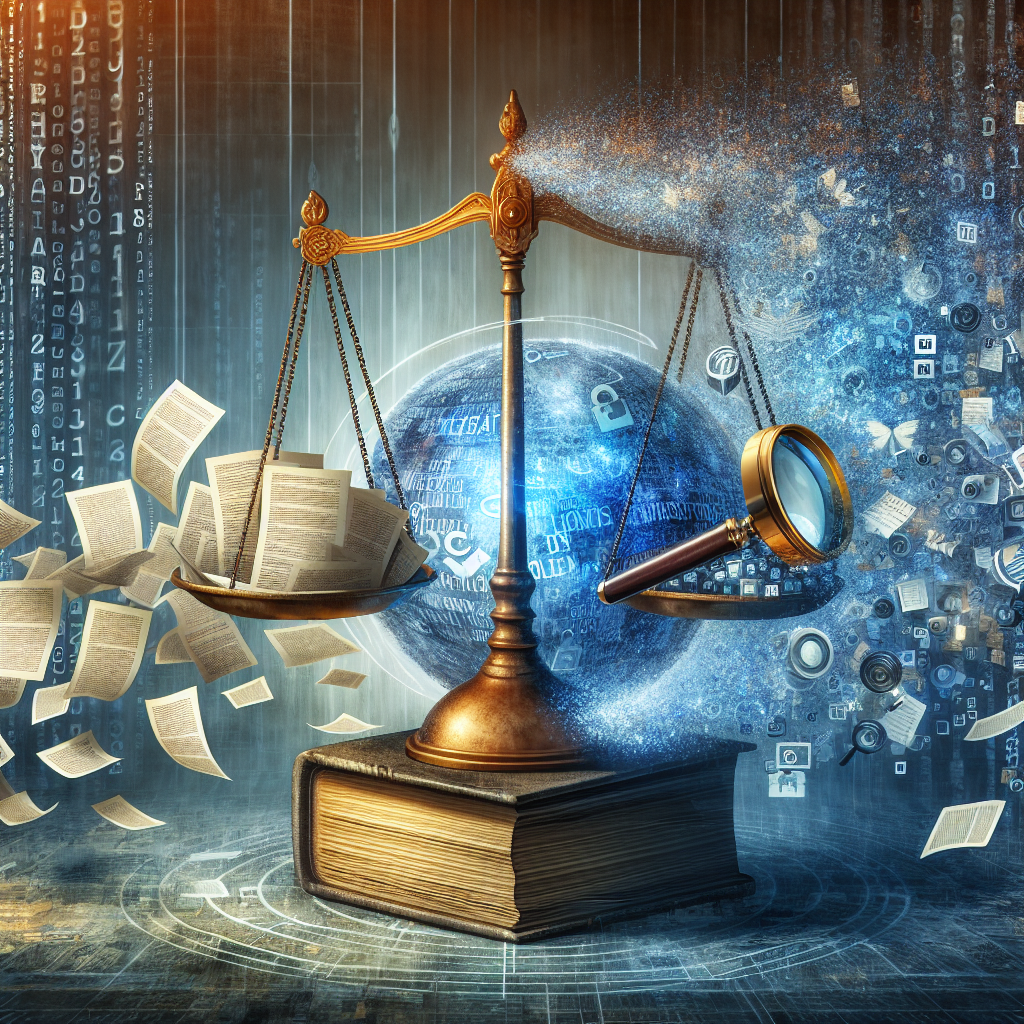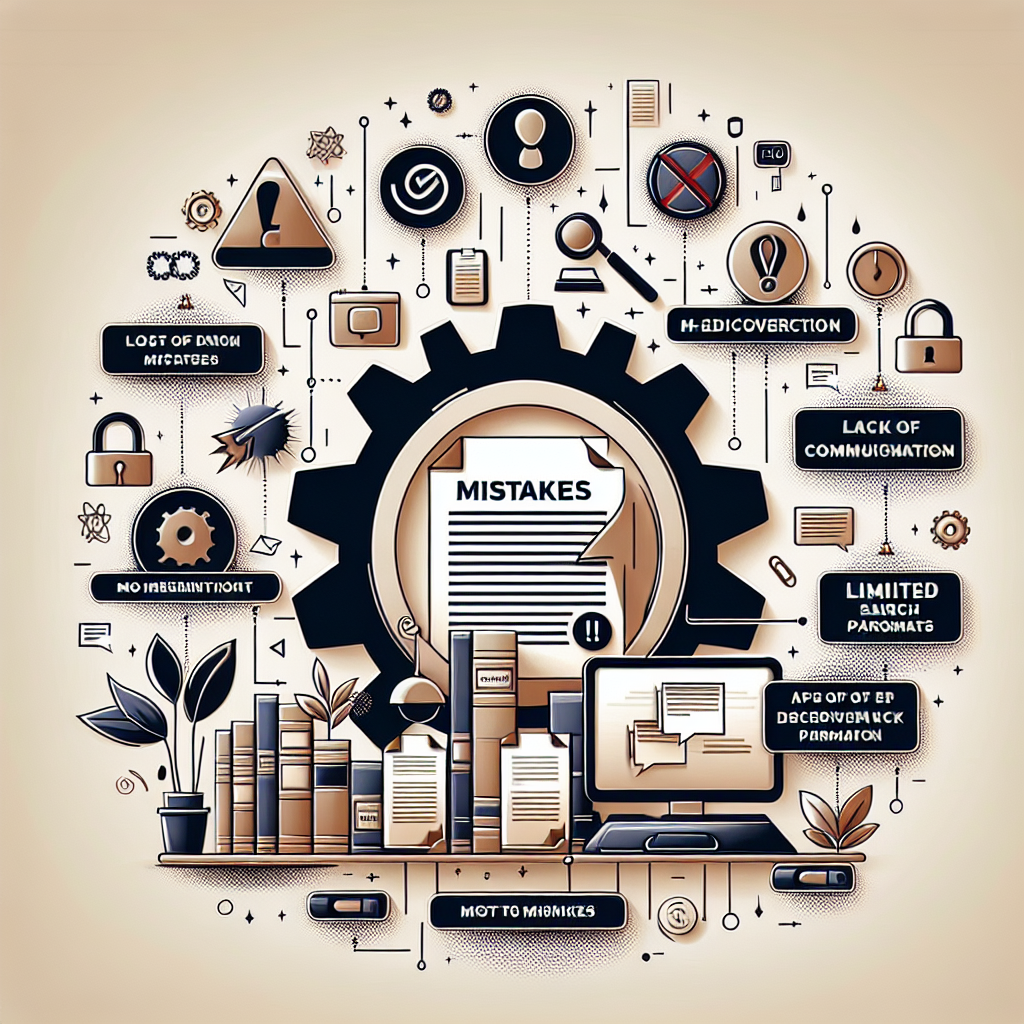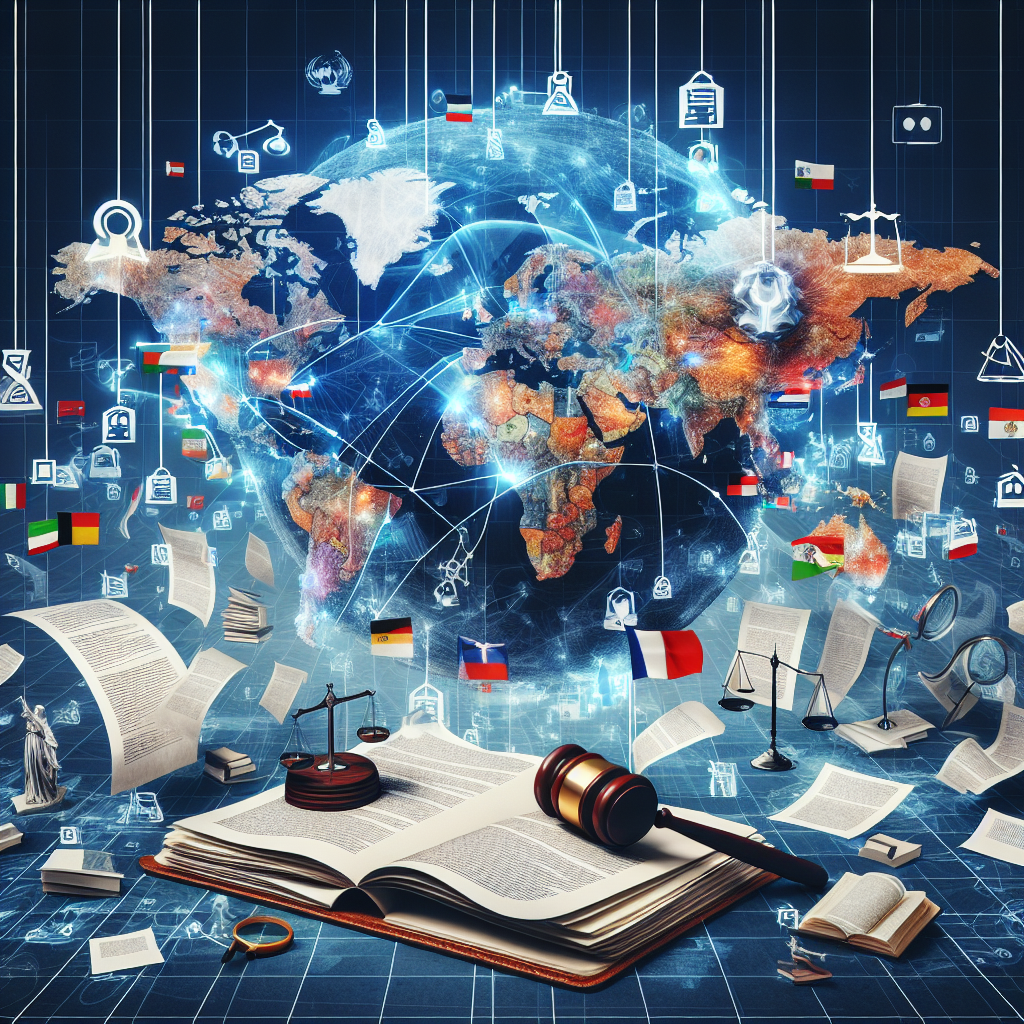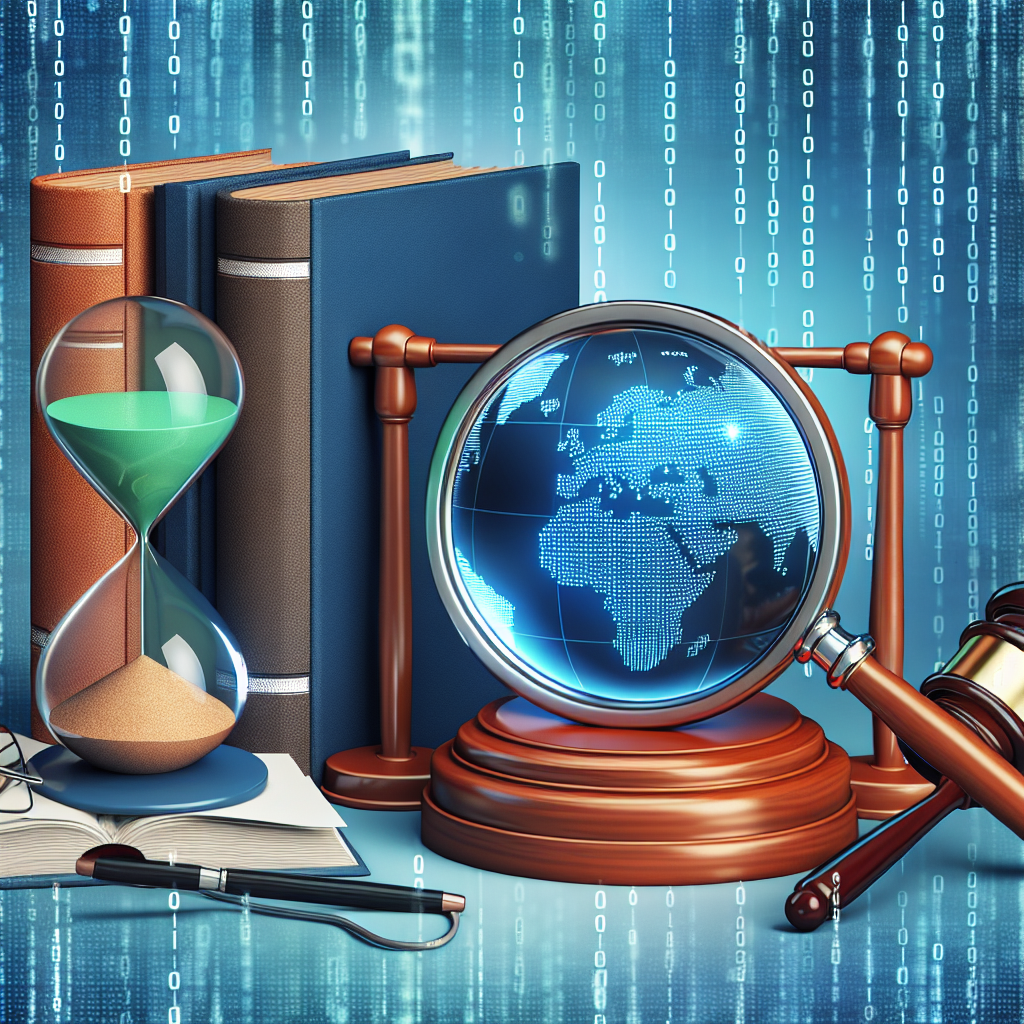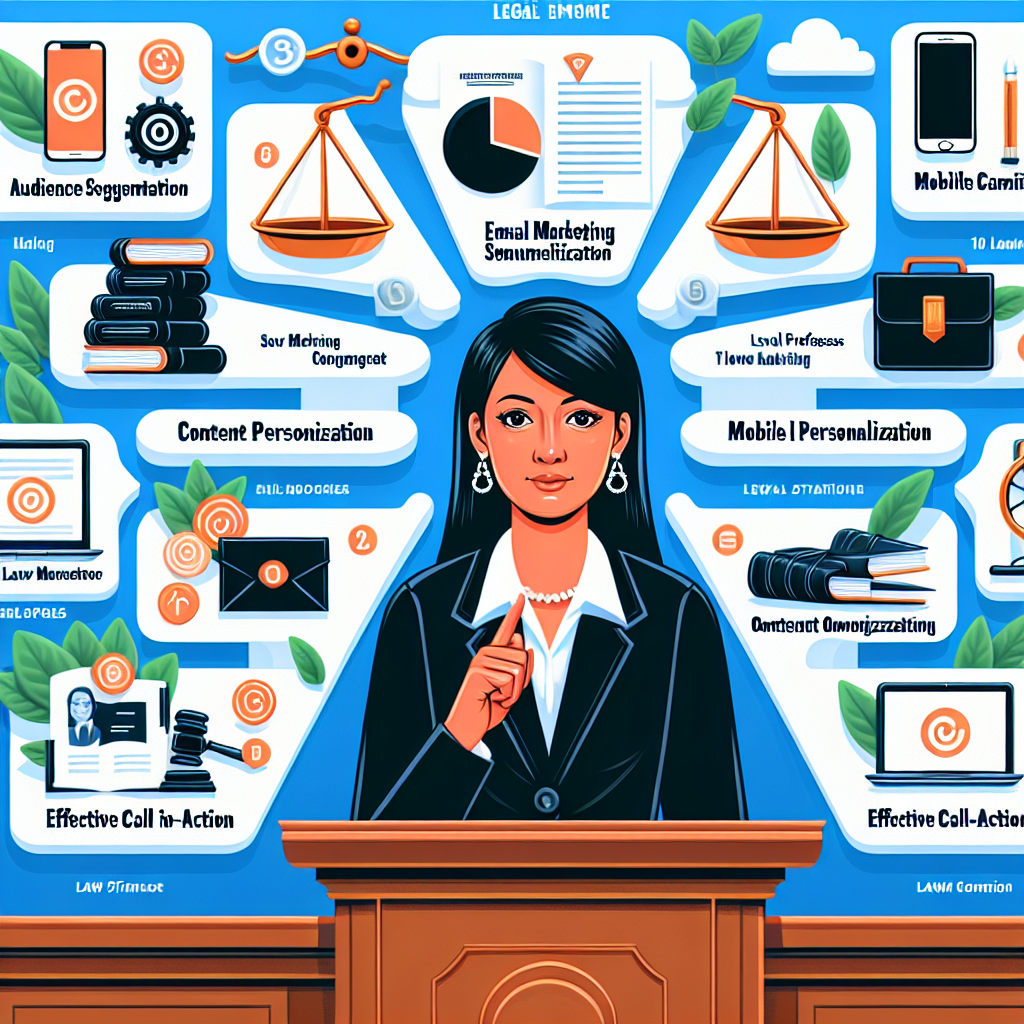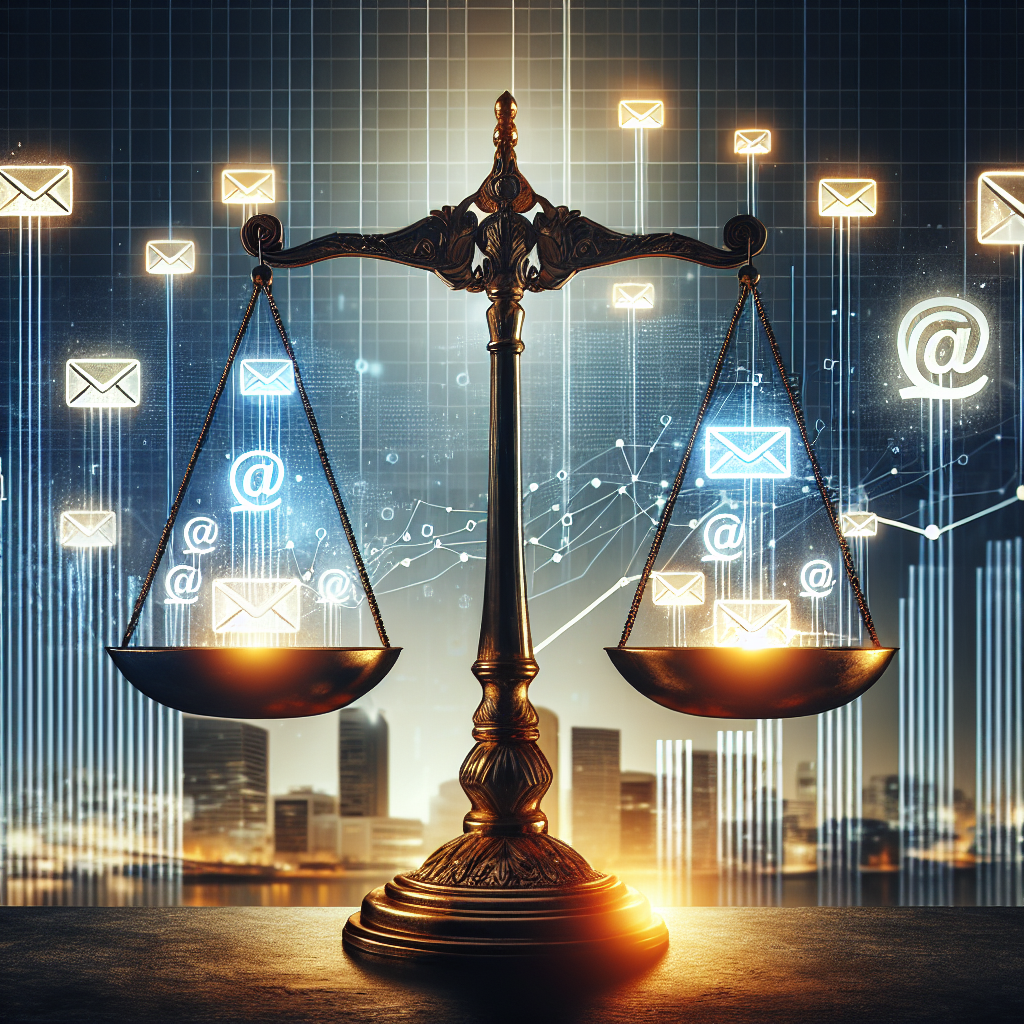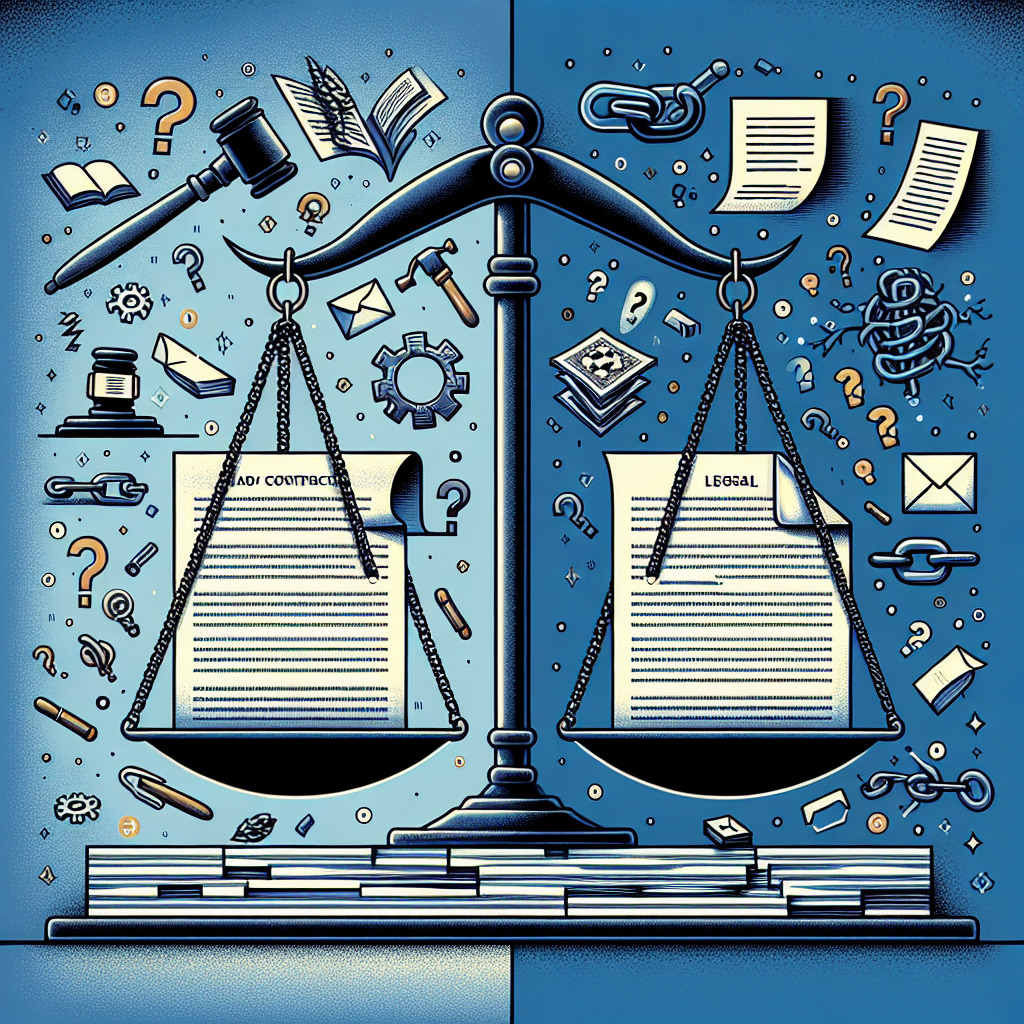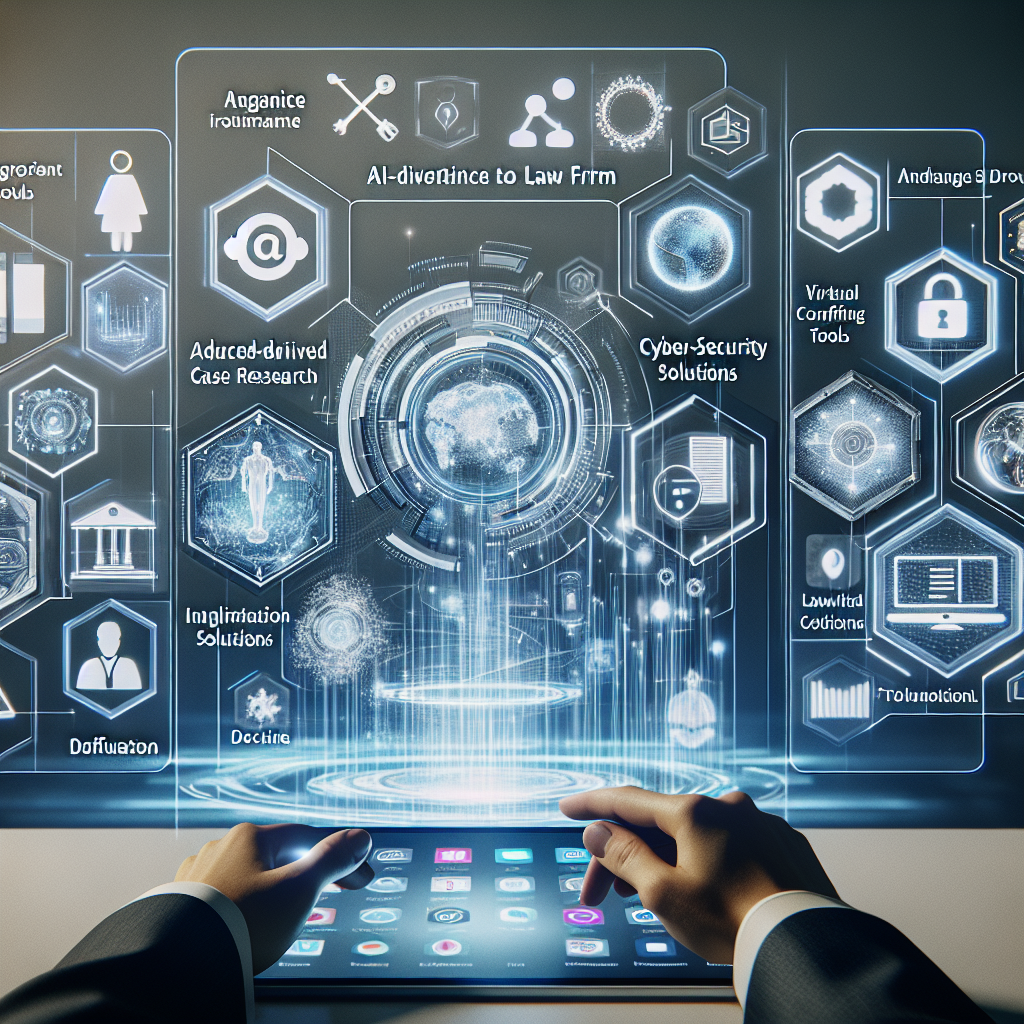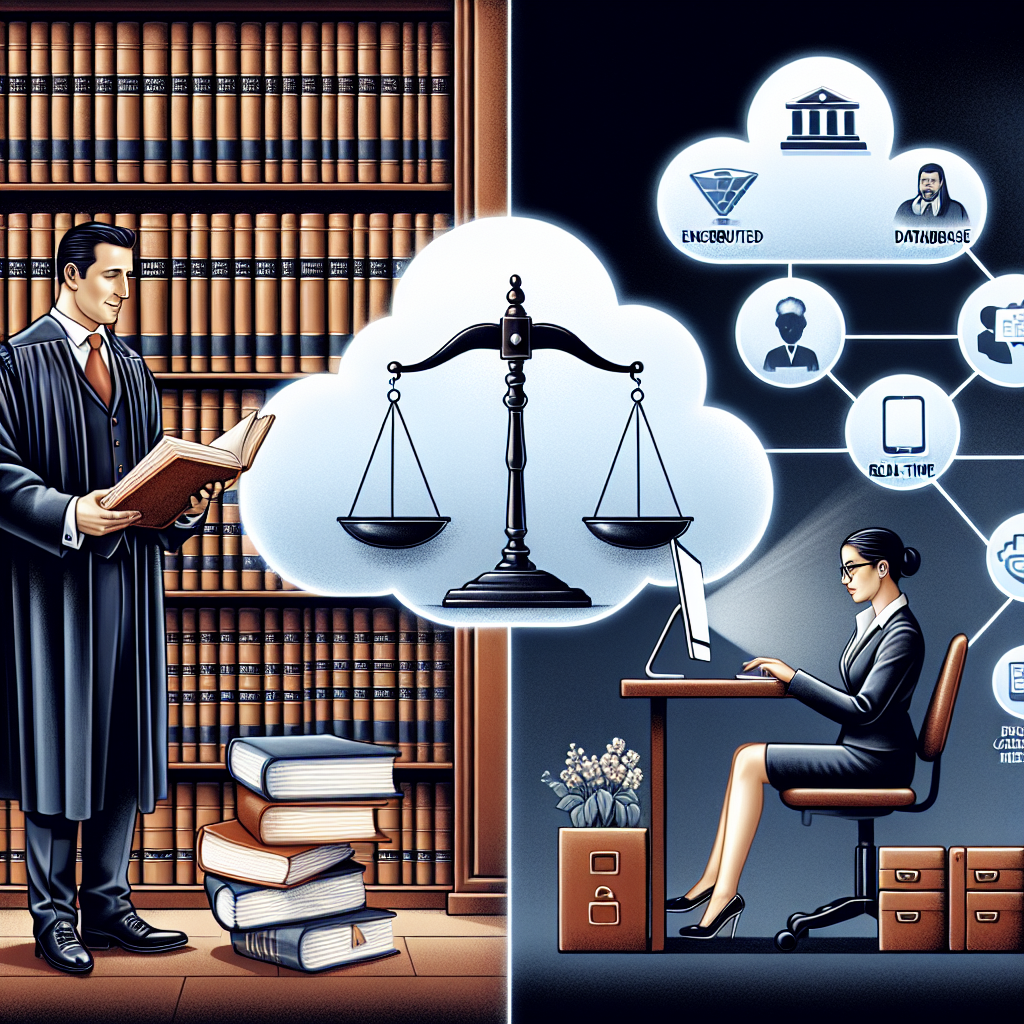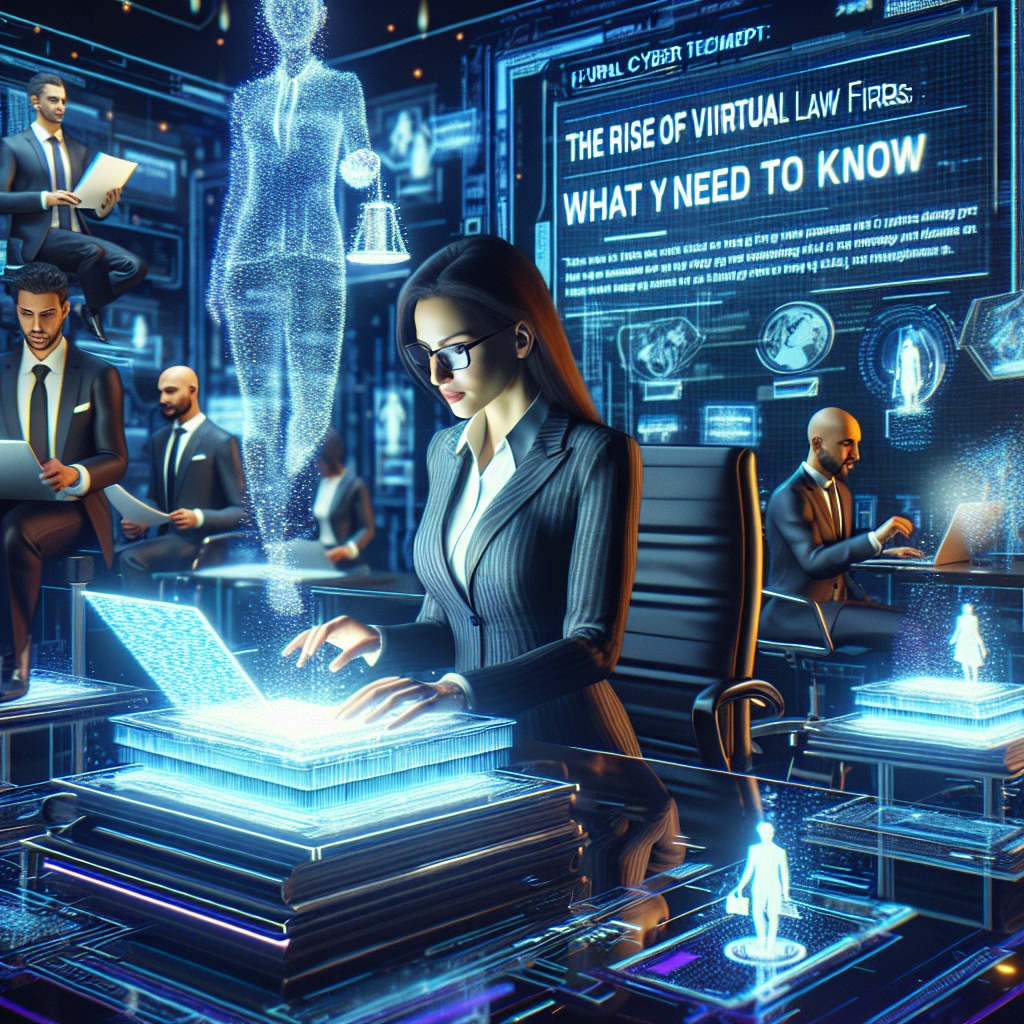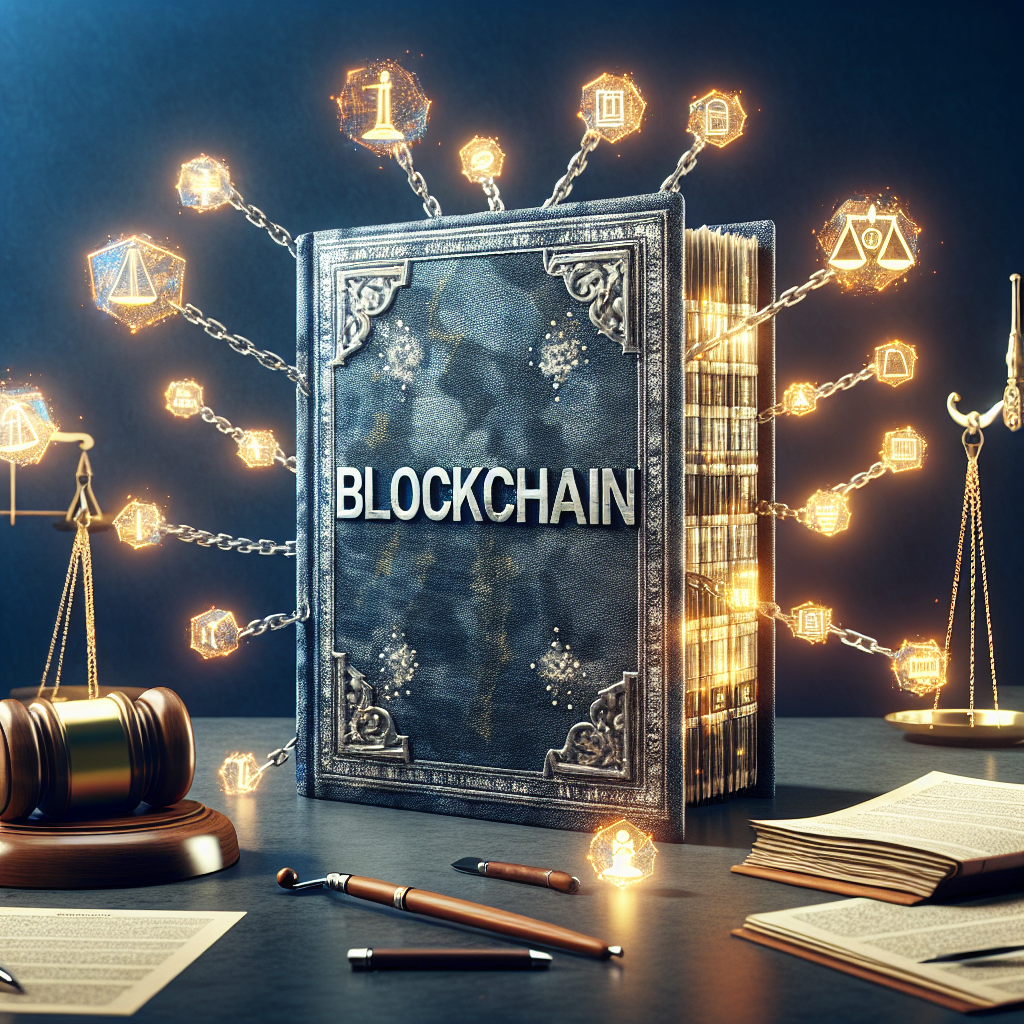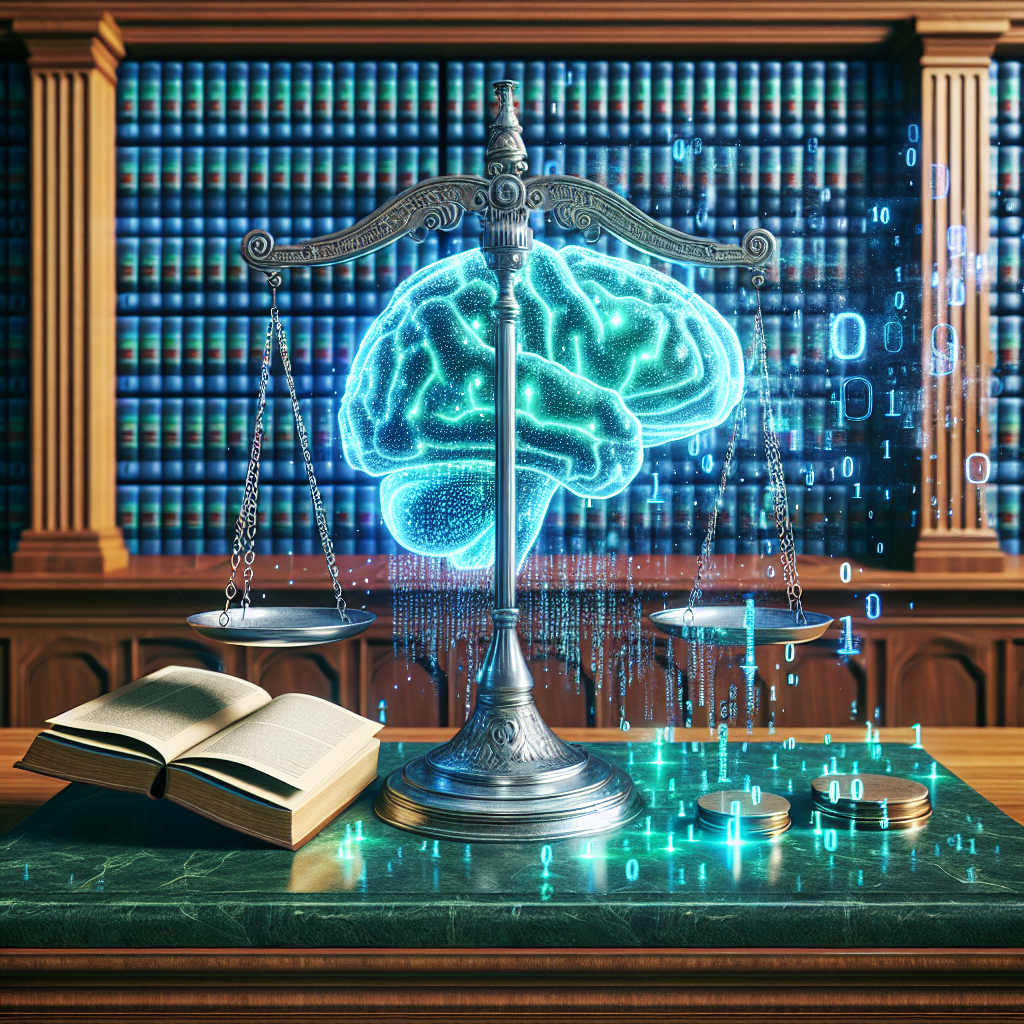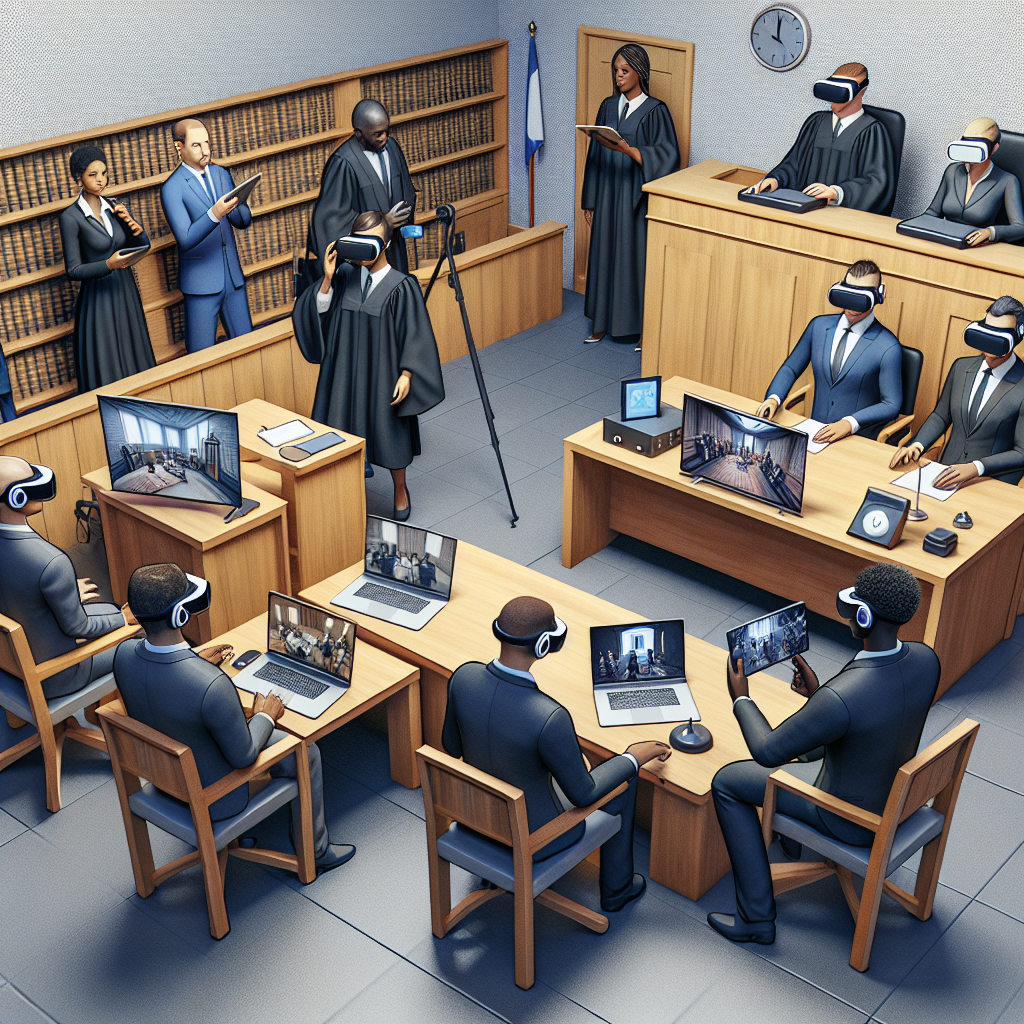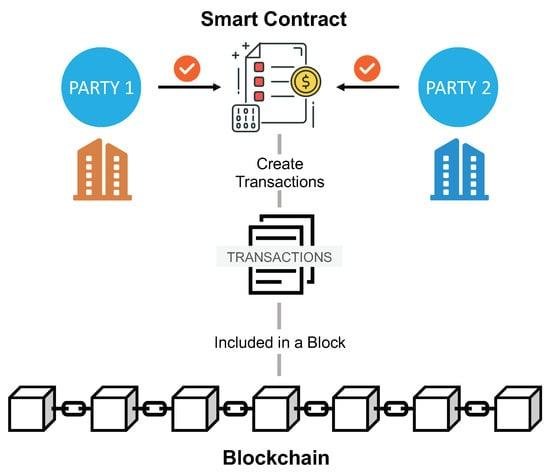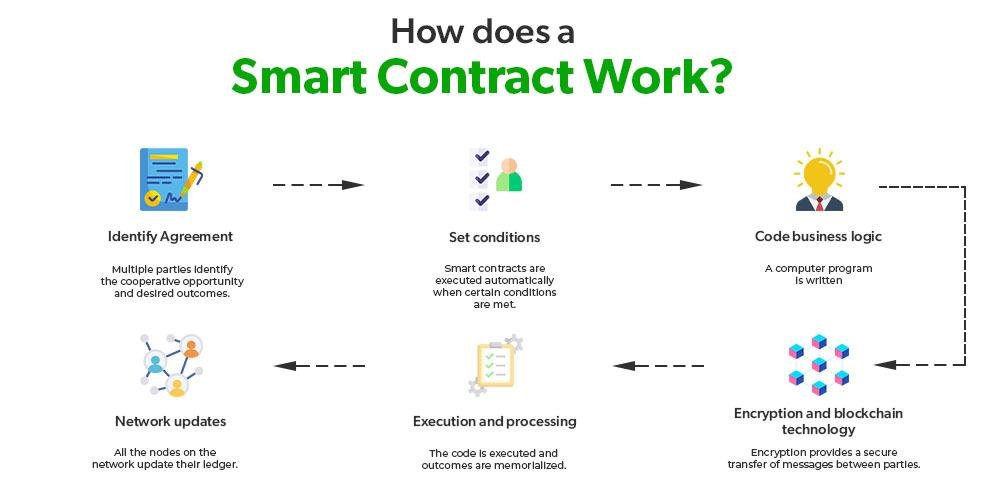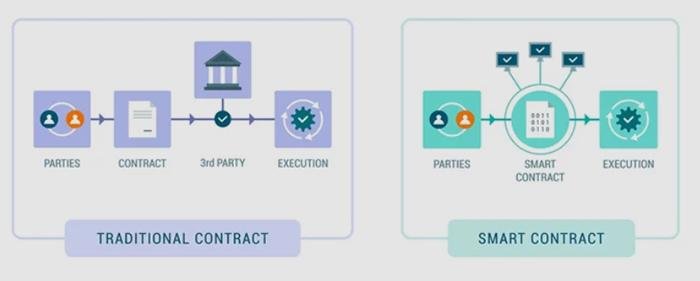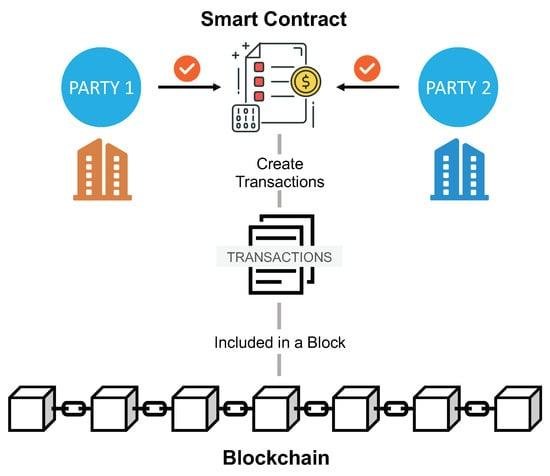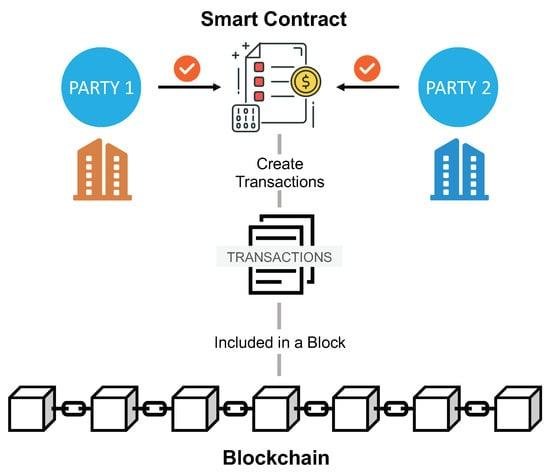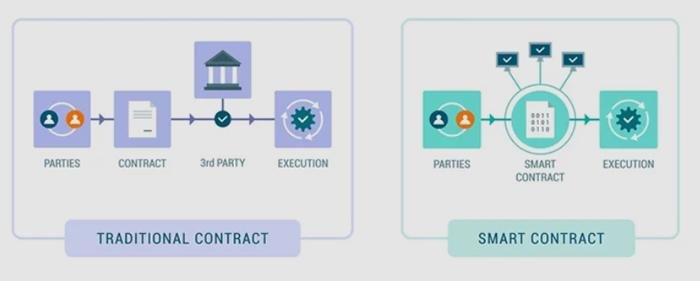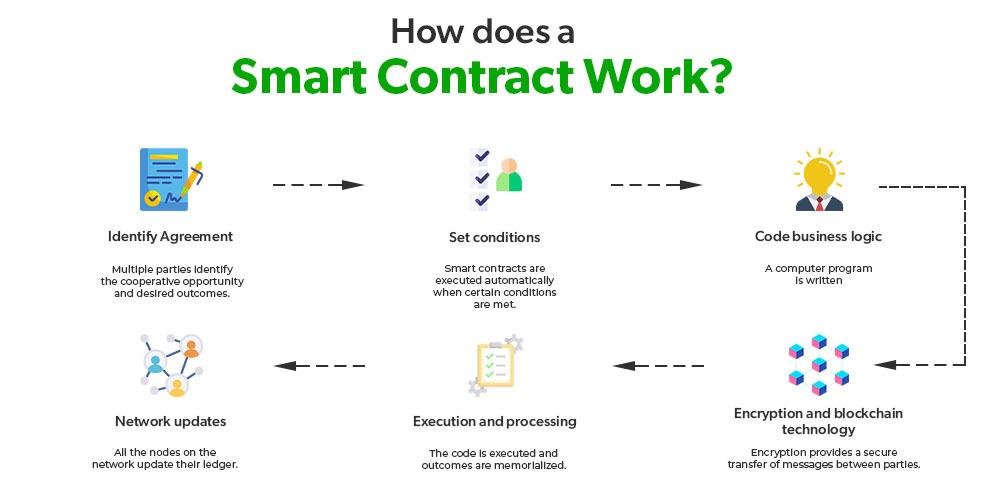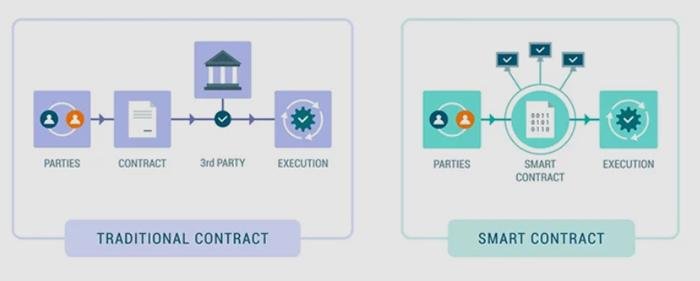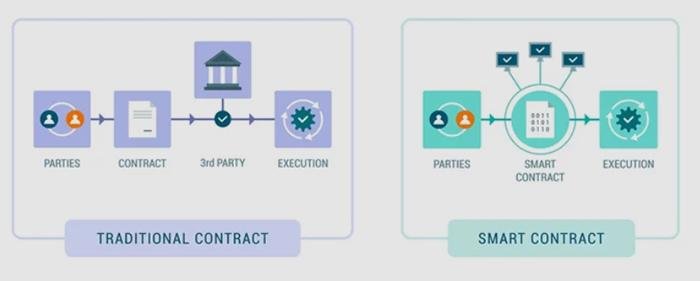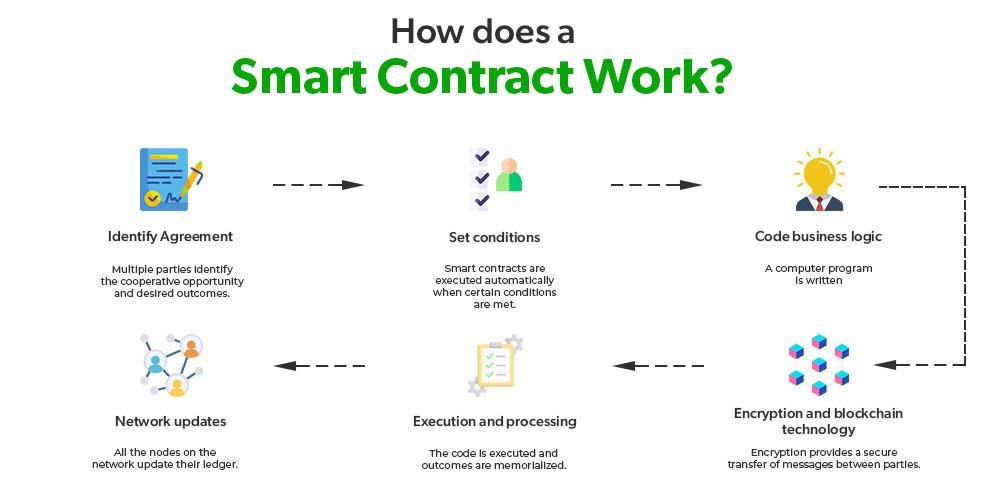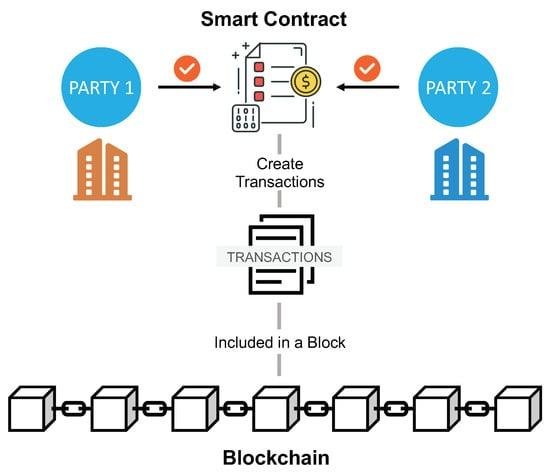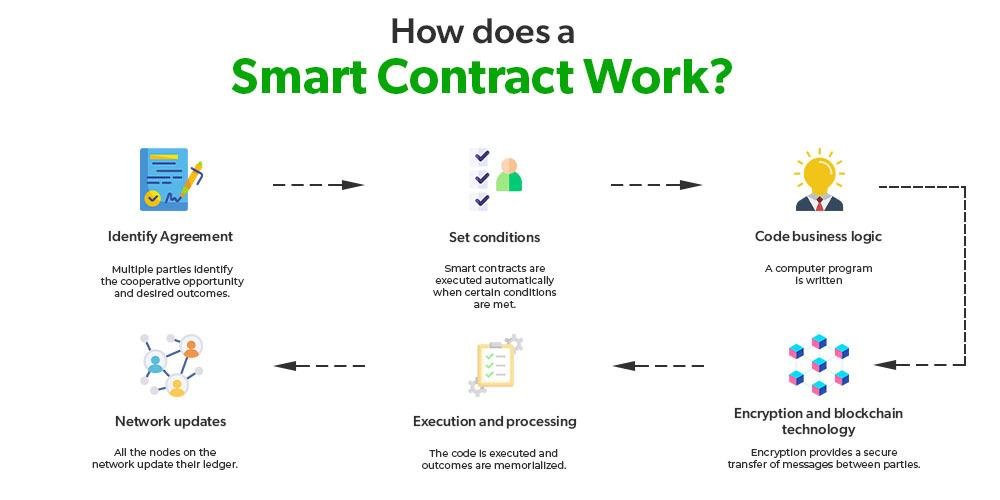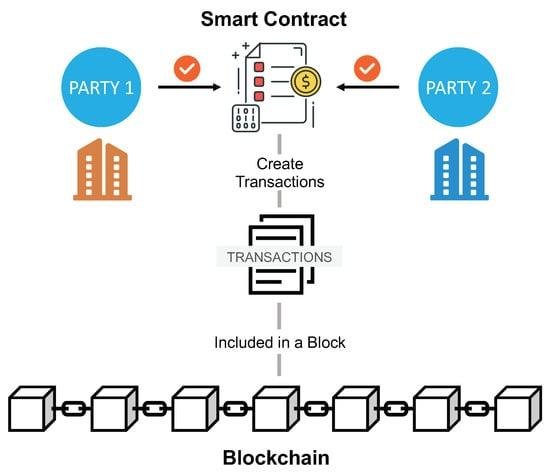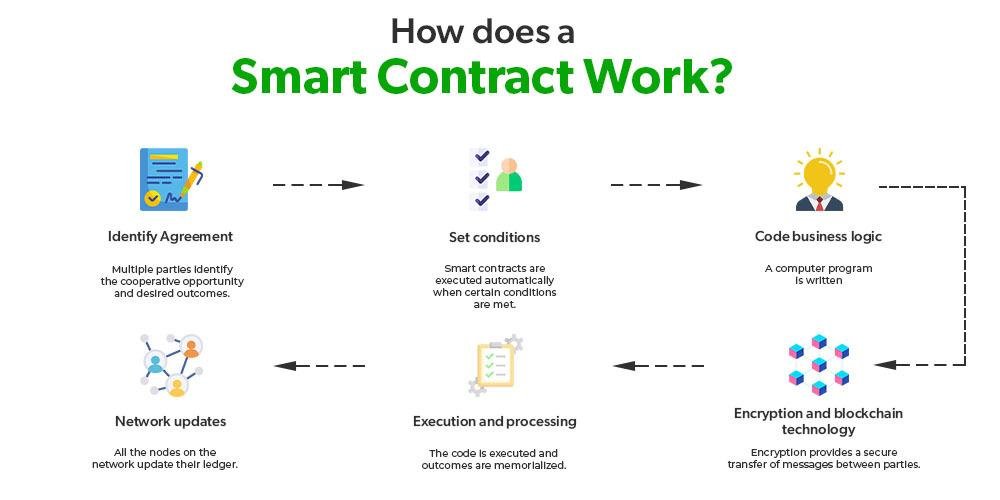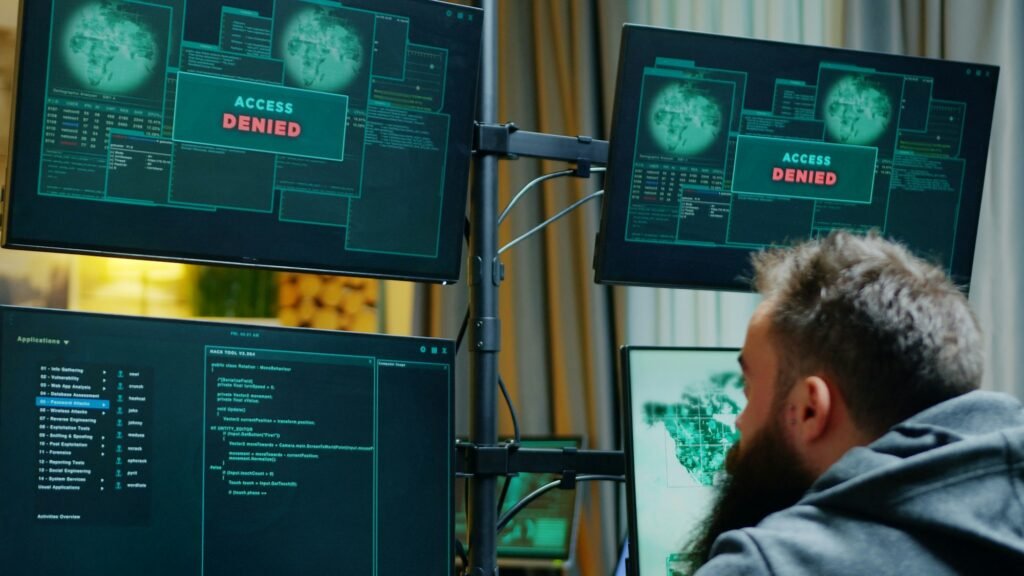Intellectual Property Law and Technology: Protecting Innovations
Title: Intellectual Property Law and Technology: Protecting Innovations
In today’s fast-paced digital world, the intersection of intellectual property law and technology has become increasingly significant. As innovations continue to shape our future, protecting these advancements through proper legal channels is paramount. This article explores the intricate relationship between intellectual property (IP) law and technology, offering insights into how innovators can safeguard their creations while navigating the ever-evolving tech landscape.
Understanding Intellectual Property Law
Intellectual property law is a set of legal protections granted to individuals and companies over their creations. These creations can range from inventions and literary works to designs and symbols. There are four main types of intellectual property rights: patents, trademarks, copyrights, and trade secrets.
-
Patents: Patents protect inventions and processes, giving the inventor exclusive rights to use, sell, and license the invention. In the tech industry, patents often cover software algorithms, hardware innovations, and unique technological processes.
-
Trademarks: Trademarks protect symbols, logos, and names that distinguish products or services. In technology, trademarks are crucial for brand recognition and consumer trust.
-
Copyrights: Copyrights protect original works of authorship, such as software codes, digital content, and multimedia. Copyright law ensures that creators control the distribution and use of their work.
-
Trade Secrets: Trade secrets encompass confidential business information that gives a competitive edge. In technology, trade secrets can include proprietary algorithms, manufacturing processes, or customer databases.
The Role of Intellectual Property in Technology
The rapid evolution of technology presents unique challenges and opportunities for IP law. As new technologies emerge, traditional IP frameworks must adapt to address novel issues. Here’s how IP law plays a critical role in the tech sector:
-
Encouraging Innovation: By providing legal protection, IP law incentivizes innovators to continue developing new technologies. Knowing that their ideas are safeguarded, inventors are more likely to invest time and resources into research and development.
-
Facilitating Collaboration: Intellectual property rights foster collaboration between companies, allowing for cross-licensing deals and joint ventures. This collaboration can lead to the creation of groundbreaking technologies and industry standards.
-
Preventing Unauthorized Use: IP law helps companies prevent unauthorized use or reproduction of their innovations, thereby maintaining their competitive advantage in the market. This is particularly important in the digital age, where copying and distribution can occur rapidly.
Challenges at the Intersection of IP Law and Technology
Despite its benefits, the relationship between IP law and technology is not without challenges:
-
Overlapping Rights: In the tech world, a single innovation may be eligible for multiple types of IP protection, leading to legal complexity. For example, software can be protected by patents, copyrights, and trade secrets, each with its own implications and limitations.
-
Global Enforcement: Technology transcends borders, making global enforcement of IP rights a complex issue. Variations in IP laws across countries can create challenges for multinational tech companies seeking uniform protection.
-
Rapid Technological Change: The speed of technological innovation often outpaces the slower legislative process. This can result in outdated IP laws that struggle to address new tech realities, such as AI and blockchain.
Best Practices for Protecting Innovations
To effectively protect technological innovations, companies and inventors should consider the following best practices:
-
Comprehensive IP Strategy: Develop a robust IP strategy that identifies which aspects of an innovation need protection and which type of IP right is most appropriate.
-
Regular IP Audits: Conduct regular audits of existing IP assets to ensure they are adequately protected and leveraged. This includes monitoring for potential infringements.
-
International Protection: Consider international IP protection for innovations with global market potential. Engaging in treaties like the Patent Cooperation Treaty (PCT) can facilitate international patent filings.
-
Legal Expertise: Consult with IP law experts who specialize in technology to navigate complex legal landscapes and ensure compliance with the latest regulations.
Conclusion
The intersection of intellectual property law and technology is central to fostering innovation and maintaining competitive advantage in the tech industry. By understanding and leveraging IP protections, innovators can secure their creations and contribute to a thriving digital economy. As technology continues to evolve, staying informed about the latest developments in IP law is crucial for anyone involved in the tech sector. Protect your innovations today and pave the way for a brighter technological future.
Keywords: Intellectual Property Law, Technology, Protecting Innovations, Patents, Trademarks, Copyrights, Trade Secrets, Tech Industry, IP Strategy, Legal Expertise




